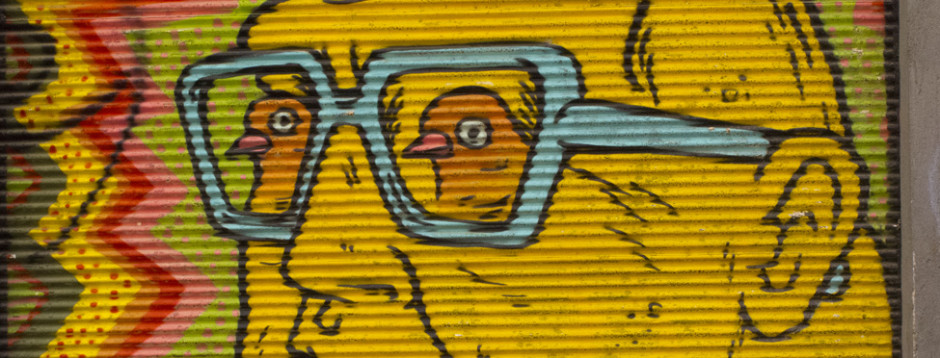orig. published May 2, 2011 The New York Press
by Melissa Stern

Coney IsalndAs New York City rushes headlong into becoming a sleek, homogenous city of modern high-rises, there is a small group of artists, historians and archivists determined to hold on to the glories of a bygone time, at least in one Brooklyn neighborhood. Indeed, two intrepid artists and Coney Island enthusiasts, Joanna Ebenstein and Aaron Beebe, have planned The Coney Island Spectacularium, a year-long program devoted to the glory days of the seaside community beginning this week.
At the end of the 19th Century, Coney Island was the center of a particularly American world of entertainment. Everything from freak shows to amusement-park rides to scientific experiments and theatrical performance passed through, amusing, horrifying and edifying the paying public. The Coney Island Specularium seeks to recapture that energy and wonder and redeliver it to modern audiences. It will be art in all forms, from visual to performance to the purely experiential. In the words of co-curator Ebenstein, “The form of the exhibition—an immersive installation, one that blurs the boundaries between exhibition and recreation, museum and cabinet of curiosities—ties into my interest in multiples, in questioning distinctions between trash and treasure.” Collaborator Aaron Beebe chimes in effusively, “I can’t believe most people don’t know the insanity that went on down here.”
Opening April 8 with “The Congress of Curious Peoples,” a 10-day series of lectures and performance with parties, scholarly symposia and a few more parties thrown in, “the insanity” will be studied, re-created and, most of all, celebrated. A highlight of the week promises to be the appearance of the last two great impresarios of the sideshow, Bobby Reynolds and Ward Hall, both now in their eighties. These gents, who have been performing since the 1940s, will once again play the big stage together. For aficionados of the sideshow, this is not to be missed.
To provide the Specularium with day-to-day entertainment value, there will be a 360-degree panoramic installation depicting the destruction of Coney Island’s largest amusement park, a living “ethnic” museum, roving magicians and fortunetellers. And, in keeping with the kitschy and nostalgic power of the neighborhood, there will be a dime museum. “The dime museum is a particularly American creation,” says Eberstein, “blending what we would now divide neatly into the categories of museum, theater, education and spectacle, while also hearkening back excitingly to pre- museum private cabinets of curiosity.” Featuring taxidermy, geologic specimens, curiosities of the modern and ancient worlds, palm reading and phrenology, the dime museum promises to be a most excellent part of the celebration. And in the true spirit of Coney Island, throughout the year there will be plenty of parties.
Though not every piece of the year’s programming is in place yet, Beebe and Ebenstein have some tricks up their respective sleeves and speak tantalizingly of a Grand Guiginol to take place Dec. 10 and 11. This bizarre theatrical form, which predated and presaged the slasher film genre, is advertised as “a night of Victorian Horror.” Costume dress will be optional, but suggested strongly for the audience. Bring your own blood.
This outrageously ambitious year of programming is a most apt tribute to Coney Island, the most outrageous of places. Step right up!








 Beaten senseless, he emerged from a coma with severe memory loss and cognitive impairment. After relearning the rudiments of reading and writing, he undertook the process of rebuilding his imagination itself.
Beaten senseless, he emerged from a coma with severe memory loss and cognitive impairment. After relearning the rudiments of reading and writing, he undertook the process of rebuilding his imagination itself.